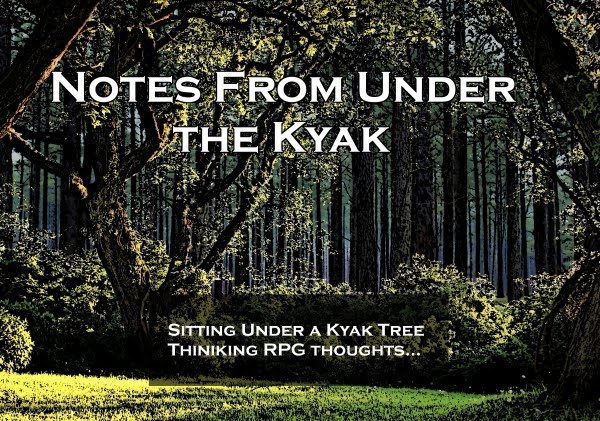Well, I've been mulling over this little bit of insanity for sometime - dunno if it's a good idea or just a thought experiment, but...here goes...
All the talk of castles and dungeons of mad archmages has made me wonder...if an archmage really were mad, what kind of magic item might he create? And then my daughter handed me a Rubik's cube to solve...and I started putting things together, so to speak. Yeah, if you hate random tables, you'll despise this thing...
So - here's the:
Cube of Wonder
A minor artifact created by the Mad Archmage to confound intruders in his dungeons. The cube is made up of smaller cubes, nine on a side, each of the six sides having a different color (that is - nine cubes each of red, blue, green, white, orange, and yellow). Each of the smaller cubes, except the center colored cube on each face, rotates around the cube. When found, the cube will be randomized.
To use the artifact, one makes a randomly determined number of "moves" on the cube and then tosses the cube like a giant die. The cube must rotate at least four times in the toss. Effects are determined randomly, based on the number of correct colored cubes on the side that is upward facing.
When player declares she/he will cast the cube, magics are set in motion so that he/she must accomplish the task within 1 hour or the cube will vanish in a magical explosion (for 2d20 points of damage to all within 10' - the cube itself does not explode but is catapulted to a random location within the Mad Archmage's dungeon by the magical explosion).
When the character determines to cast the cube, the cube "randomizes" itself for 5-20 (5d4) random moves. The character then is able to make 1-20 (1d20) moves of the cube. The player MUST make the randomly generated number of moves, no fewer. Once the moves are accomplished, the cube locks and must be cast within one hour or vanish in an explosion (doing 2d20 points damage to anyone within 10'). Once the cube is cast, and the effect is determined, the cube randomizes itself again - 6-36 turns (6d6) and locks until someone declares they will cast it again, and the process starts all over again. Note that means that if a PC decides to cast it, it will randomize for 5-20 moves, the PC will move it 1-20 times, cast it, it will randomize again for 6-36 moves and then if the PC decides to cast it again the next round it starts over with the cube randomizing itself for 5-20 moves...etc.
When the cube has been cast, look at the side that is laying on the ground/floor - count the "correct" number of colored cubes on that side. If the number is odd, read the left collumn of the following chart. If the number is even, read the right collumn of the following chart for the number of "correct" colors on the upward facing side:
Red
1 9
2 8
3 7
4 6
5 5
6 4
7 3
8 2
9 1
Blue
1 9
2 8
3 7
4 6
5 5
6 4
7 3
8 2
9 1
Green
1 9
2 8
3 7
4 6
5 5
6 4
7 3
8 2
9 1
White
1 9
2 8
3 7
4 6
5 5
6 4
7 3
8 2
9 1
Orange
1 9
2 8
3 7
4 6
5 5
6 4
7 3
8 2
9 1
Yellow
1 9
2 8
3 7
4 6
5 5
6 4
7 3
8 2
9 1
Specific combinations of colors seem to have an effect as well.
Both opposties: if the upward facing side and the downward facing side have only each other's colors (that is, none of the "side" colors) then the effect conjured is double that of both sides.
If the upward facing side has five cubes of the same color in an X shape (that is, the four corners and the center), then the effect generated is triple.
Cubes with other color combinations have been found but work on the same principle. In addition, there are rare versions with 4, 16 or 25 cubes on a side - these (especially the larger versions) are dastardly indeed and are best explored with the utmost care.
Brainstorming on monster training
-
In revisiting *Pokémon Concierge*...and thinking more about monsters in
this "Monstrous6" set of rules I've somehow managed to not get distracted
away from...
3 hours ago












.jpg)










































































































































.png)

































































































.JPG)



















No comments:
Post a Comment